26 Feb Latest Google Patents of Interest – February 25, 2020 via @theGypsy
Hey there! Welcome back to another week in the land of Google Patents.
Each week, we take a few of the more interesting patents that were awarded to Google and highlight them for the geeks among us.
There’s a few this week that stood out to me… and even a few good laughs along the way.
If you ever want me to dig deeper into a given patent, be sure to let me know.
Latest Google Patents of Interest
Synthesis of webpage snippets using sub-pages of the webpage
- Filed: June 8, 2017
- Awarded: February 25, 2020
Dave’s Take
This one caught my attention mostly because of some of the related patent filing images.
At first read, it’s not entirely obvious as to what the “synthesized snippet” is as it also sounds like it might generate them on the fly.
But looking that the images (below), we can see that this is most likely related to site links.
As with a lot of patents, it might have multiple uses.
And all of that being said, it really doesn’t supply a secret sauce for getting a given page to appear.
It mentions the quality of the page, relevance to the query, length of the title and distance from the (home) page and site architecture.
So, we can at least have a starting point to manipulate these.
Notable From the Patent
“(…) pages to select the set of sub-pages may include determining a measure of quality of one of the set of sub-pages, determining that the measure of quality, of the one of the set of sub-pages, satisfies a threshold, and selecting the one of the set of sub-pages to use to generate the snippet based on the measure of quality,“
“(…) may include determining a length of the title for one of the set of sub-pages, determining that the length of the title, for the one of the set of sub-pages, satisfies a threshold, and selecting the one of the set of sub-pages to use to generate the snippet based on the length of the title”
“(…) cause the one or more processors to determine the sub-pages based on a link structure or a website hierarchy of the website, where the sub-pages may be determined based on positions of the sub-pages, relative to the particular webpage, in the link structure or the website hierarchy.”
“As used herein, information relating to sub-pages of a webpage may be obtained from or correspond to shortcut links for the webpage. Shortcut links, an example of which may include sitelinks, may include links, presented as part of search results, that may be used to present a user with shortcuts to other webpages, associated with the same webpage, that may be related to a search result.”
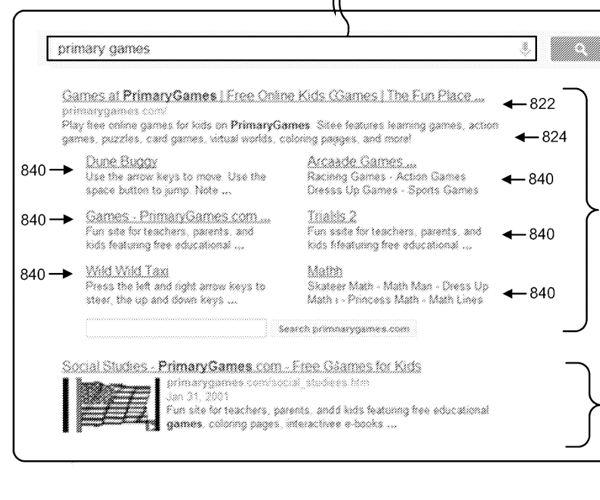

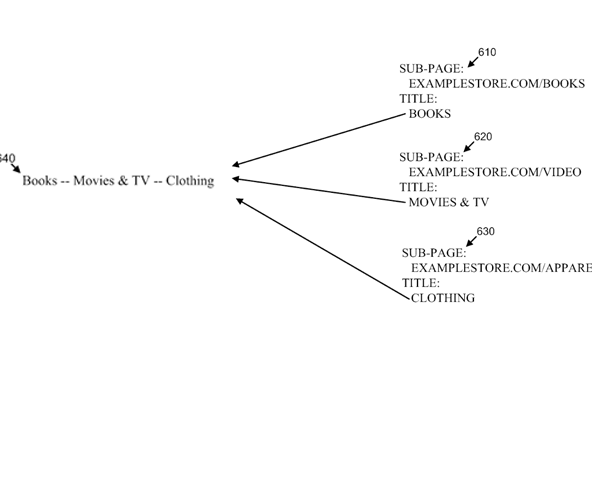

Performing multiple related searches
- Filed: July 21, 2017
- Awarded: February 25, 2020
Dave’s Take
This one is interesting as there are a few elements to it including a search task (single session), search history (related searches over time).
Furthermore, they also look at related content items from the same domain from a given set of results (domain crowding for example).
This might be interesting in that if you’re ranking well for a given query, bolstering that with related (interlinked) pages on the domain, could become a benefit for other related queries.
As always, it’s just a patent, we don’t know if it’s in the wild.
Notable
“The second set of content items can be a subset of the first set of content items. The second set of content items can be determined based in part on the second portion of the search query. The first set of content items can be a first set of web pages”
“Multiple related searches can be performed in sequence, and after the first search, each search in the sequence can be based on the results of one or more earlier searches in the sequence.”
“In some implementations, a second (or subsequent) search identifies content items that were not identified in the first (or a different earlier) search. Each of the multiple related searches can be based on different portions of a search query.”“A first search may identify a particular web page based on a first portion of a search query (e.g., “Las Vegas hotels”). A second search may be based on a second portion of the search query (e.g., “buffets”) and a particular web page identified by the first search. For example, the second search can, in some cases, search over all web pages that provide a link to (and/or all web pages that are linked to by) the particular web page identified by the first search.”
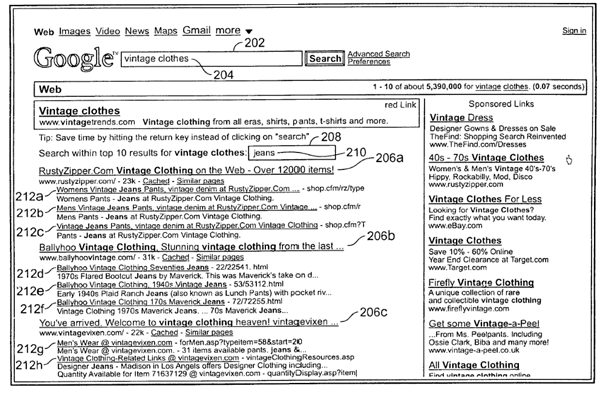

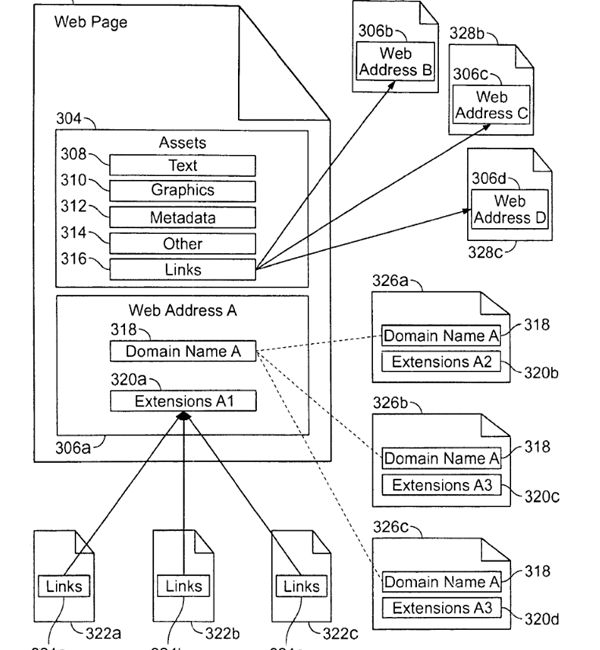

Automated assistants that accommodate multiple age groups and/or vocabulary levels
- Filed: April 16, 2018
- Awarded: February 25, 2020
Dave’s Take
This one isn’t “really” search-related all that much, but it was interesting.
Over the years SEO professionals have talked about “reading levels” as far as it potentially being a ranking factor in the core search. Google has always said, “naw.”
This one is actually for Google Assistant, but does touch on that element as far as potentially understanding who might be giving the voice command/search.
Anyway, it’s interesting in the number of examples they give involving children.
Also interesting in that they identify excessive use of resources involved if the program can’t establish the needs of the user based on the vocal input – which is part of the motivation to implement such a system, beyond the obvious usability considerations.
And that the assistant wouldn’t “talk down to” a child in that mode.
Neat stuff… and really? Some of the funniest Google Patent images I’ve ever seen (look below the next section).
Notable
“(…) enabling an automated assistant to adjust its behavior depending on a detected age range and/or “vocabulary level” of a user who is engaging with the automated assistant. In various implementations, data indicative of a user’s utterance may be used to estimate one or more of the user’s age range and/or vocabulary level.”
“(users) may provide commands, queries, and/or requests (collectively referred to herein as “queries”) using free form natural language input which may include vocal utterances converted into text and then processed and/or typed free form natural language input.”
“The focus of assistant devices on vocal interaction makes them especially suitable for use by children. However, many features built into or otherwise accessible using commercially-available automated assistants may not be suitable for children. For example, if a child were to ask if the Tooth Fairy were real, a conventional automated assistant may, based on documents located online, reply, “No, the Tooth Fairy is an imaginary character evoked by parents to incentivize children to pull loose teeth.””
“(…) to engage with independent agents, such as third party applications, that enable users to order goods/services, such as pizza, movies, toys, etc.–this type of capability could be used by children who may not be able to judge all the consequences of their actions.”
“the automated assistant is able to use one mode, such as a “kid’s mode,” when interacting with children and another mode, such as “normal” or “adult” mode, while interacting with users who are not deemed to be children”
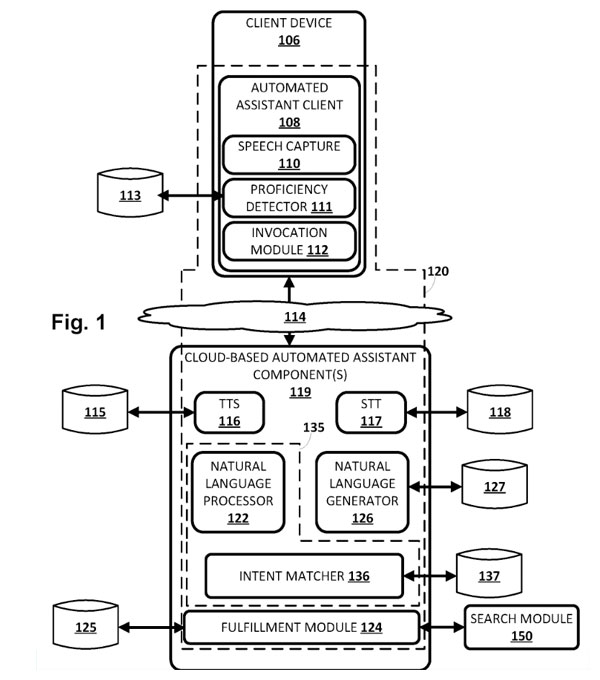

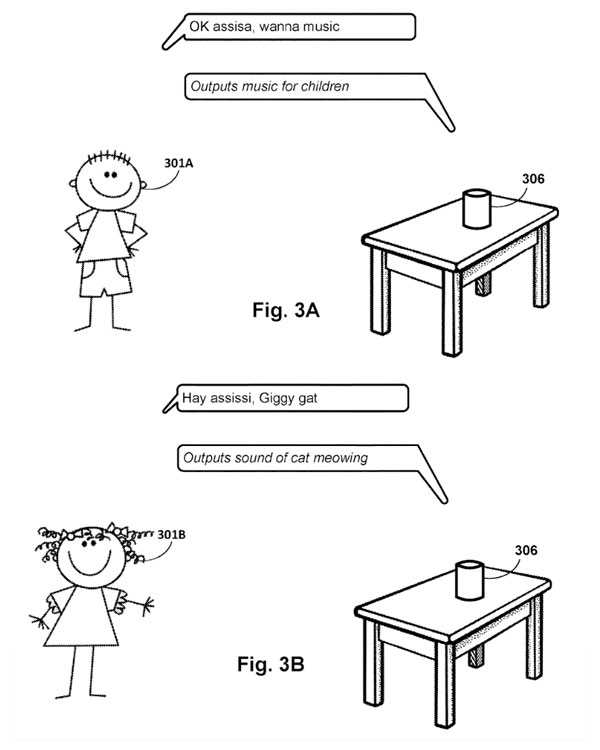

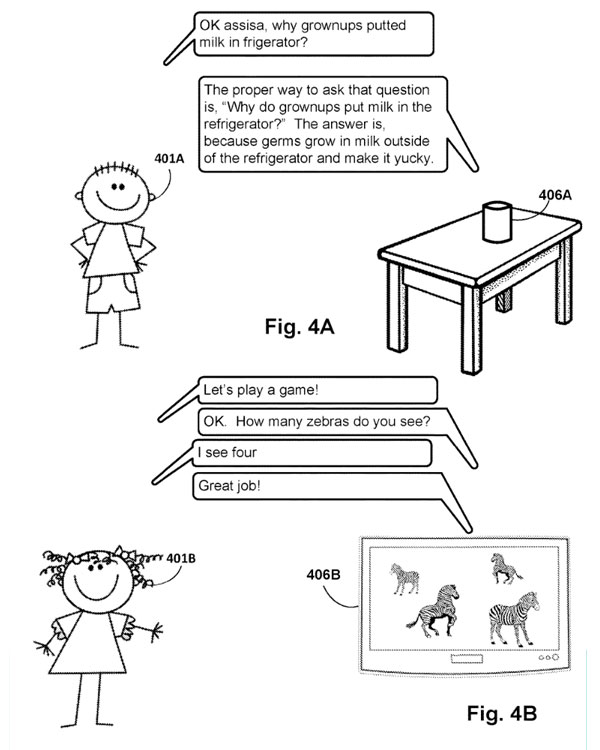

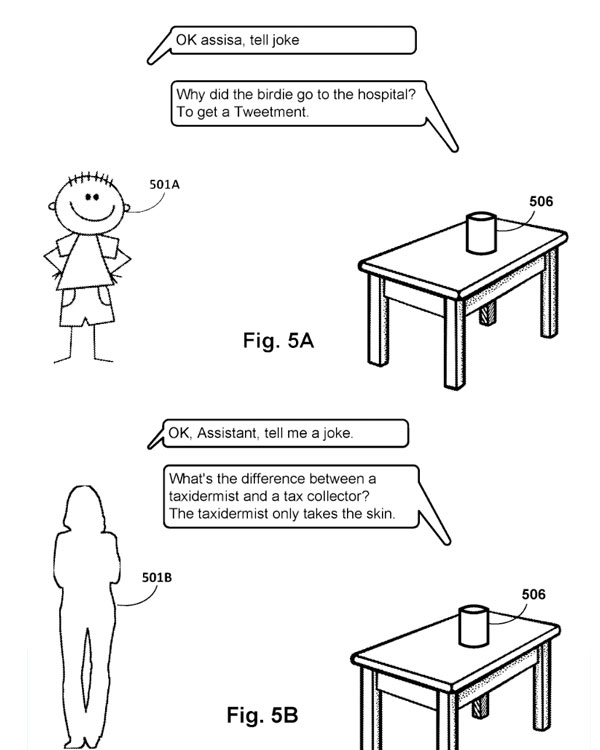

And there we have it!
See you next week!
More Resources:
- Google Search Patent Update – February 18, 2020
- Google Search Patent Update – January 29, 2020
- When Google SERPs May Undergo a Sea Change
Image Credits
Featured Image: Created by author, January 2020
In-Post Images: USPTO
Sorry, the comment form is closed at this time.